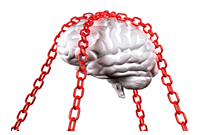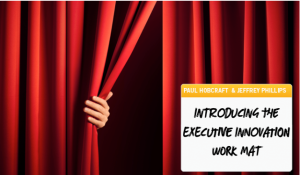It really depresses me when you hear the remark “actually, in all honesty, we have no appetite for innovation, we are so risk-averse.”
Actually it is heard a fair amount if you ask about risk and innovation. This is often never stated in earshot of others within the same organization, it comes in a sudden burst of honesty, perhaps over drinks, and always outside their ‘normal’ working environment.
Sometimes you have a rare exception, especially if you have been called in to help, when someone has just been appointed into the position to simply “do something about innovation, we are dying as an organization”
We all need a meaning but we don’t like the risks associated with it
I was reading an excellent article by Teresa Amabile and Steven Kramer on “How leaders kill meaning at work” and they offer the insight about the lack of recognition that everyone within any organization requires as the single most important need,that is the feeling they are making progress in meaningful work.
Managers often undermine the meaningfulness of work to us as individuals; it is too often dismissed or not thought as relevant to the work at hand.
In the article they suggest four traps to avoid and one of them ‘Mediocrity signals’ triggered this blog.
The organization they used as the example within this trap drove new-product innovation into the ground as the top management was so focused on cost savings they no longer were a leader in innovation, they simply became followers.
One comment made by an employee was “mediocre work for a mediocre company”, yet it was not previously like that.
Risk aversion had become dominating and the organizations leadership was signalling “they were really more comfortable being ordinary”.
How do we arrive at this point of being just ordinary?
Continue reading “Risk aversion is just making us all feel ordinary”
 I often think of the parable of “The Elephant and the Blind Men” when I get into discussions about measuring innovation.
I often think of the parable of “The Elephant and the Blind Men” when I get into discussions about measuring innovation.



